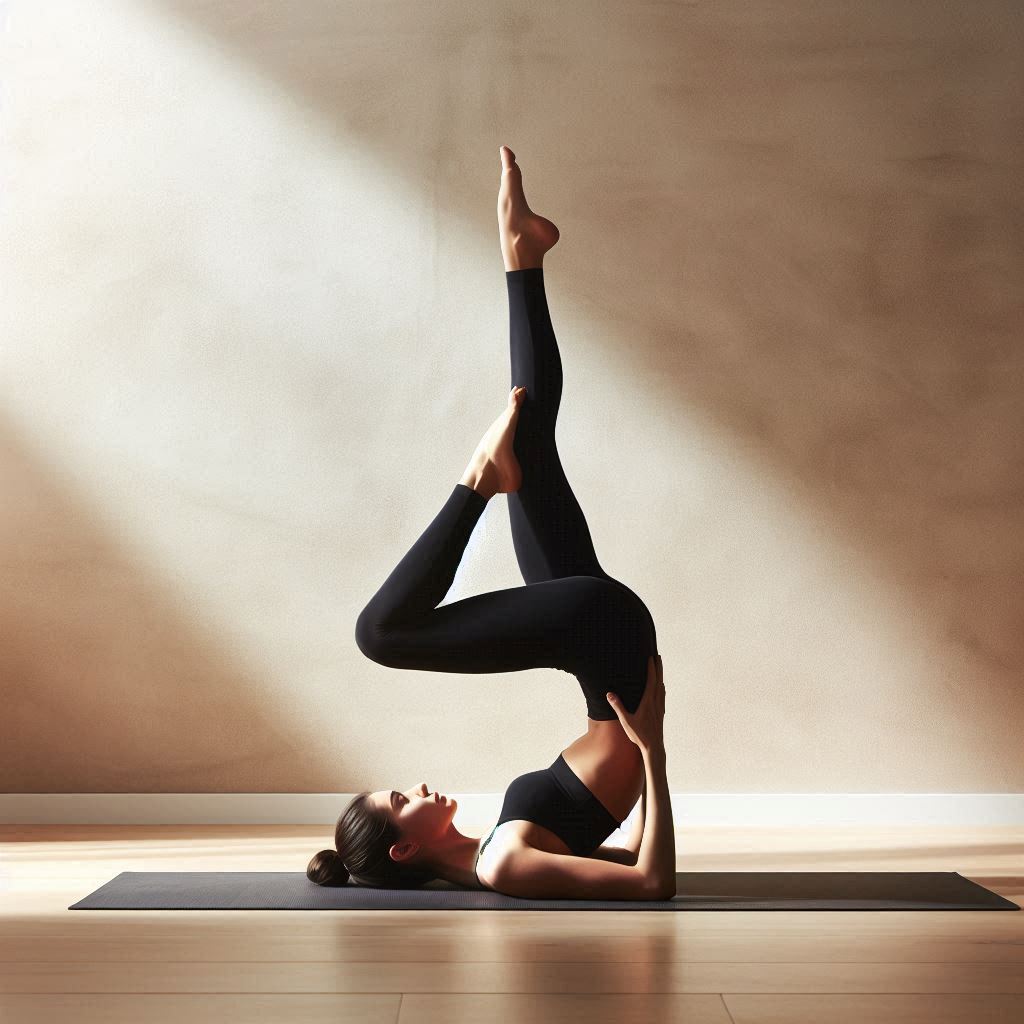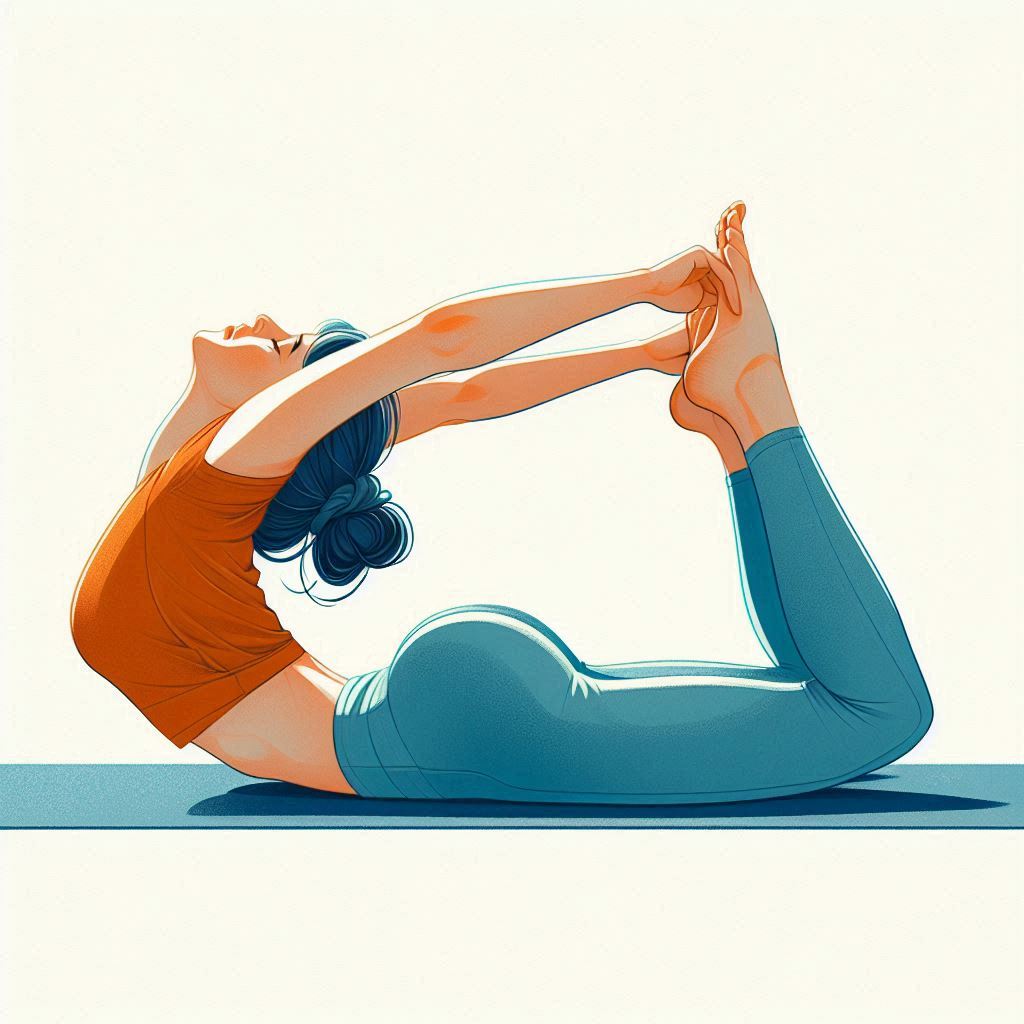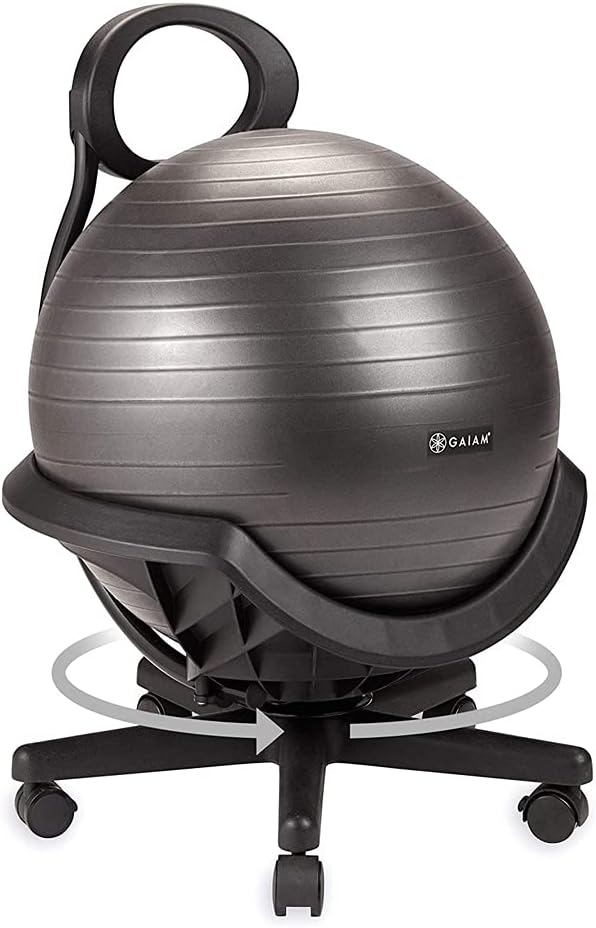PCOS Yoga – Polycystic Ovary Syndrome (PCOS) is a complex hormonal disorder affecting millions of women worldwide. While there are many treatment options available, yoga has emerged as a highly effective, holistic approach to managing the symptoms of PCOS. This ancient practice not only addresses the physical symptoms but also helps in balancing the mind and body, reducing stress, and improving overall well-being.
Table of Contents
The Connection Between Yoga and PCOS Yoga
PCOS is characterized by hormonal imbalances, insulin resistance, and inflammation, leading to symptoms such as irregular menstrual cycles, weight gain, acne, and excessive hair growth. Yoga, through its combination of physical postures, breath control, and meditation, offers a multifaceted approach to managing these symptoms.
How Yoga Helps in Balancing Hormones
One of the primary benefits of yoga for women with PCOS is its ability to regulate hormonal levels. Certain yoga poses stimulate the endocrine glands, which play a crucial role in hormone production and regulation. By practicing specific asanas (postures), women can help normalize their menstrual cycles and reduce the symptoms of PCOS.
- Stimulating the Endocrine System: Poses like Sarvangasana (Shoulder Stand) and Halasana (Plow Pose) directly stimulate the thyroid gland, which is closely linked to metabolic function and hormone regulation.

- Reducing Androgen Levels: High levels of androgens (male hormones) are a common issue in women with PCOS. Practicing yoga regularly can help lower these levels, reducing symptoms like acne and excessive hair growth.
Improving Insulin Sensitivity with PCOS Yoga
Insulin resistance is a major concern for women with PCOS, as it can lead to type 2 diabetes and exacerbate symptoms. Yoga helps improve insulin sensitivity by reducing stress and inflammation, two key factors that contribute to insulin resistance.
- Stress Reduction: Yoga is renowned for its stress-relieving benefits. Poses like Savasana (Corpse Pose) and Balasana (Child’s Pose) help activate the parasympathetic nervous system, which reduces cortisol levels and, in turn, lowers blood sugar levels.

- Inflammation Control: Chronic inflammation is often present in women with PCOS. Regular yoga practice helps reduce inflammation, improving overall metabolic health and insulin sensitivity.
Best PCOS Yoga
Certain yoga poses are particularly beneficial for women with PCOS. These asanas target the reproductive organs, enhance circulation, and help in detoxifying the body, all of which contribute to better management of PCOS symptoms.
1. Baddha Konasana (Bound Angle Pose)
Baddha Konasana is excellent for improving blood flow to the pelvic region, which is crucial for reproductive health. It also helps in opening the hips and relieving tension in the lower back, a common issue for women with PCOS.
- How to Perform: Sit with your spine straight, bring the soles of your feet together, and gently press your knees toward the floor. Hold the pose while taking deep, calming breaths.

2. Supta Baddha Konasana (Reclining Bound Angle Pose)
This is a restorative version of Baddha Konasana and is particularly beneficial for relaxation and stress relief. It gently stretches the pelvic region and helps in calming the mind.
- How to Perform: Lie on your back, bring the soles of your feet together, and allow your knees to fall open to the sides. Support your knees with cushions if needed, and rest your arms comfortably by your sides.

3. Setu Bandhasana (Bridge Pose)
Setu Bandhasana is effective in stimulating the abdominal organs and the thyroid gland. It strengthens the back muscles and improves flexibility in the spine, helping in relieving lower back pain.
- How to Perform: Lie on your back with your knees bent and feet flat on the floor. Slowly lift your hips towards the ceiling while keeping your shoulders grounded. Hold the position while breathing deeply.

4. Dhanurasana (Bow Pose)
Dhanurasana is a powerful pose that strengthens the abdominal muscles and stimulates the reproductive organs. It also helps in improving digestion and relieving menstrual discomfort.
- How to Perform: Lie on your stomach, bend your knees, and reach back to grab your ankles. Lift your chest off the floor while pulling your legs up and back, creating a bow shape with your body.

5. Viparita Karani (Legs Up the Wall Pose)
This gentle inversion helps in improving blood circulation and reducing stress. It’s an excellent pose for relaxation and is especially beneficial after a long day to reduce swelling in the legs.
- How to Perform: Sit sideways against a wall, swing your legs up onto the wall as you lie down on your back. Rest your arms by your sides and breathe deeply, allowing your body to relax completely.

The Importance of Pranayama in PCOS Management
Pranayama, the practice of controlled breathing, is a vital component of yoga that offers significant benefits for women with PCOS. It helps in reducing stress, balancing the nervous system, and improving overall oxygenation of the body.
1. Nadi Shodhana (Alternate Nostril Breathing)
Nadi Shodhana is a calming pranayama that balances the two hemispheres of the brain and reduces anxiety. It helps in bringing mental clarity and emotional stability, which are crucial for managing PCOS.
- How to Perform: Sit comfortably with your spine straight. Close your right nostril with your thumb and inhale deeply through your left nostril. Then close your left nostril and exhale through your right nostril. Continue alternating sides for several breaths.

2. Kapalbhati (Skull Shining Breath)
Kapalbhati is an energizing breathing technique that stimulates the digestive system and improves metabolic function. It also helps in detoxifying the body by expelling stale air from the lungs.
- How to Perform: Sit with your spine straight and take a deep breath in. Exhale forcefully through your nose while pulling your stomach inwards. Repeat this rapid exhalation followed by passive inhalation for several rounds.

3. Bhramari (Bee Breath)
Bhramari is a soothing pranayama that reduces stress and induces deep relaxation. It’s particularly effective in calming the mind and preparing the body for restful sleep.
- How to Perform: Sit comfortably and close your eyes. Inhale deeply and, as you exhale, make a humming sound like a bee. Focus on the vibration in your head and chest, and continue for several rounds.

What Is the Best Diet for Someone with PCOS?
PCOS Yoga: Incredible Power of Yoga
Yoga-go.io genuine review
7 kirtan kriya benefits Incredible
Somatic Yoga Exercises PDF
50+ Printable Chair exercises for seniors
Horse Yoga Pose Step-by-Step
Dangers of Yin Yoga for People with (Osteoporosis)
Is kirtan kriya dangerous
20+ Spiritual Dangers of Yoga
Top 10 Somatic Yoga Exercises
20+ Hot Yin Yoga Essential Poses
What is Yin Yang Yoga
10+ Kundalini Yoga Kriyas











6 thoughts on “PCOS Yoga: Incredible Power of Yoga”
Pingback: What is the best chair yoga app for seniors? (2024)
Pingback: Useful A-Z Directory of Yoga Poses (2024)
Pingback: Chair yoga 28 day challenge (2024)
Pingback: Chair Yoga for Weight Loss - Get Fit While You Sit (2024)
Pingback: Warning why is kundalini yoga dangerous? (2024)
Pingback: What is Hatha Yoga? What is the meaning of Hatha Yoga? 2024